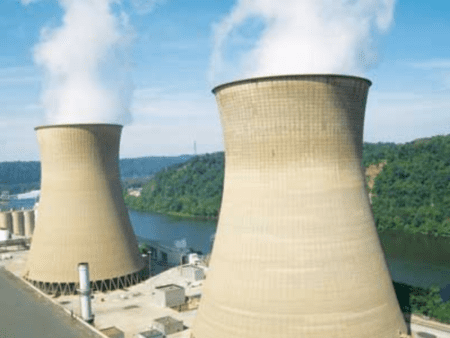
As the U.S. moves away from the most water-intensive electric power generating sources, the country’s water withdrawals for power plant cooling remained relatively constant in 2021, according to the U.S. Energy Information Administration (EIA).
Withdrawals increased by just 0.3% from 2020, compared to the larger 2.5% increase in U.S. electricity generation in 2021. EIA said the sector’s water-withdrawal intensity—the amount of water withdrawn per unit of electricity generated—continued to fall, declining 2.1% from 11,849 gal/MWh in 2020 to 11,595 gal/MWh in 2021.
The electric power sector still uses a large amount of water, mostly for cooling. According to EIA, in 2021, 73% of the utility-scale electricity generated in the U.S. came from thermoelectric power plants, like natural gas, nuclear and coal plants.
But the sector’s water-withdrawal intensity has largely declined over the past decade as the power generation mix has increasingly moved away from coal and toward natural gas and renewables.
Natural gas plants use a more energy-efficient and water-efficient technology to produce electricity than coal plants, making them less water intensive. In 2021, natural gas combined-cycle generation averaged a water-withdrawal intensity of 2,803 gal/MWh, compared with 19,185 gal/MWh for coal.
Wind and solar photovoltaic (PV) technologies, which account for most renewable generation in America, do not use cooling water.
The marginal uptick in water withdrawals in 2021 came as the share of coal-fired generation in the U.S. electricity mix rose for the first time since 2014. Coal-fired generation was up 16.1% in 2021 compared with 2020, according to EIA.